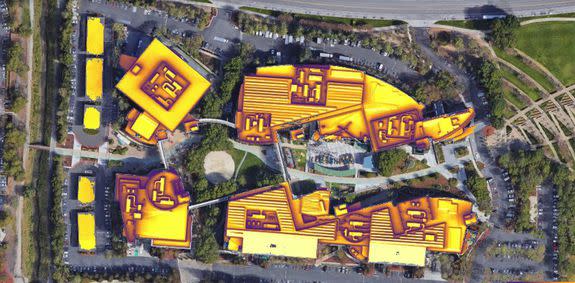Should you install solar panels on your roof? Ask Google

In 2015, Google launched Project Sunroof, a map that shows which houses have enough sun exposure for solar panels to be a viable energy source. However, the original map was very limited, covering only the San Francisco Bay Area, Fresno, California and Boston.
Now, Google has greatly expanded the project to cover all 50 U.S. states, with a total of 60 million buildings in the database.
SEE ALSO: Google pledges $11.5 million to racial justice innovators across the U.S.
The project uses imagery from Google Earth and Maps as well as some machine learning magic to get a good idea of how much sunlight each portion of each roof is getting. According to Google, weather patterns, sun positioning changes and possible shade from nearby buildings is taken into account.
The result is a map which not only lets home owners easily assess whether they should consider a solar roof, but it also offers a good insight of the country's solar energy potential.

Image: Google
In a blog post last week, Google shared a few interesting data points; for example, the company claims that 79 percent of all rooftops analyzed are "technically viable" for solar. Naturally, in some sunny areas, such as Hawaii, Arizona, Nevada and New Mexico, this number grows to over 90 percent. States like Pennsylvania, Maine and Minnesota have just over 60 percent viability, Google says.
As for the city with the most solar potential in the U.S., the honor belongs to Houston, Texas, which has an estimated 18,940GWh of rooftop solar generation potential per year.
Check out the interactive map, searchable by U.S. zip codes, cities, counties and states, here.
